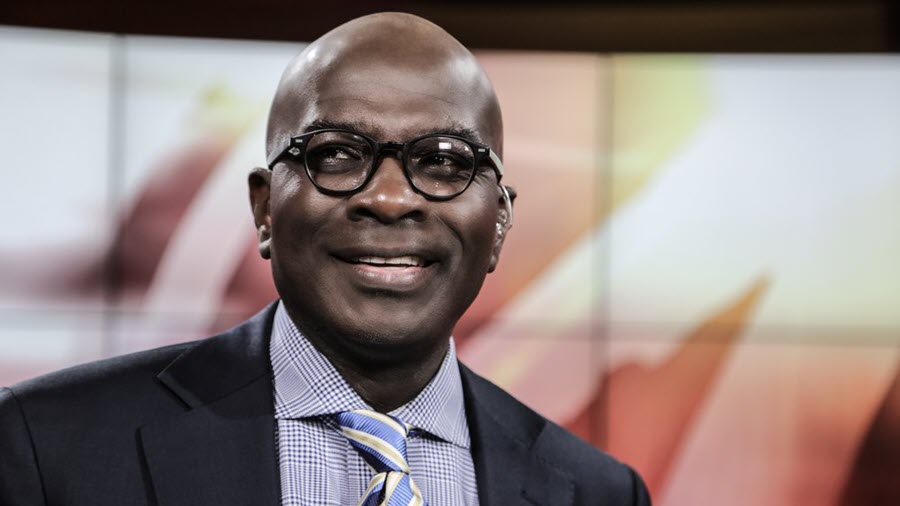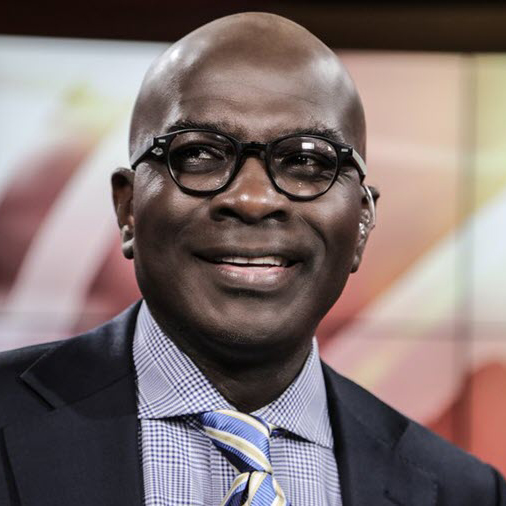Good-Bye 2020, Hello 2021
By any calculation 2020 has been a dramatic and action packed year. The broadcast industry faced continuing competition from unregulated tech giants, non-stop political turmoil, civil unrest, elections, market uncertainty, the COVID-19 pandemic, the shut-down of “non-essential” businesses and falling ad rates, just to name a few. Thankfully the election is over and several vaccines have been approved to combat the pandemic. Hopefully that means 2021 will be a return to normal and the broadcast industry will bounce back.

The change in Administrations is of particular interest to the broadcast industry. The Trump Administration and the FCC under chairman Pai, who departs Jan. 20, have generally followed a deregulatory trend: repeal of net neutrality, loosening broadcast ownership restrictions under the Quadrennial Review, removing antiquated broadcast regulations like the main studio and minimum staffing mandates, streamlining the Children’s Television Programming rules, recapturing and auctioning 300MHz of the satellite C-Band to make way for 5G technology, and most importantly authorizing next-generation broadcast television and the ATSC-3.0 broadcast platform.
The innovation authorizing ATSC 3.0 is of unique importance and why I helped form Black Broadcasters for NextGen Broadcasting, an organization dedicated to insuring African-Americans participate in the technological and commercial opportunities the ATSC 3.0 platform provides. ATSC 3.0 promotes fiercer competition in the video marketplace and unites the advantages of broadcasting with the capabilities of the Internet. This opens the door to a significantly better free-to-the-home-over-the-air television service. It also enables 4K television over broadcast TV, makes it possible for new “Broadcast Internet” features like distance learning, telehealth, advanced emergency alerting, hyperlocal news, alternative terrestrial based GPS, and delivering ongoing software and cybersecurity updates to smart cars and “Internet of Things” devices.
The in-coming Biden Administration has indicated it will change regulatory directions and move to reinstate various regulations, including net neutrality. While it may be hard to imagine the benefits of having the FCC regulate Internet services as a 1930s-style public utility under Title II regulations, the new Administration nevertheless believes that ISPs have manipulated access and download speeds and without regulatory intervention small businesses and the public will be harmed.
The Biden Administration may also change course on the FCC’s appeal of the 3rd Circuit’s Prometheus Radio Project decision, which voided the changes under the 2016 Quadrennial Review. The Quadrennial Review had eliminated the newspaper/broadcast and television/radio cross-ownership rules and removed the eight voices test from the local television ownership rule. The Supreme Court hears argument on the case on Jan. 19. This appeal is particularly important for television broadcasters because they uniquely face overwhelming competition from the tech giants – Google, Amazon, Facebook, Netflix, and Apple – and the titans of telco – AT&T, Verizon, and T-Mobile-Sprint. Unless the industry is freed from the FCC’s Depression Era limits on ownership and allowed to scale-up in order to compete against these giants, the industry will remain severely hoppled and may end up going the way of the newspaper industry.
In a Dec. 15 speech given by Pai to the Media Institute, he noted that since 2014, the number of streaming video services available in the United States has more than doubled. Today there are 300 or more over-the-top options available to U.S. consumers. These include major new services like Disney+, Apple TV+, HBO Max, Peacock, and an overhauled CBS All Access, to name just a few. On top of all that, the established giants of OTT, Netflix, Amazon, and You Tube continue to grow and deliver some of the most popular programming in the market. Unlike broadcast television, these competitors are largely unregulated and enjoy capitalization that is exponentially bigger than the biggest broadcasters. This is why the Supreme Court’s review is so critical and why I hope the Biden Administration should support the litigation.
Additionally, the television industry also needs, which the Biden Administration has indicated it opposes, the deregulation of joint sales agreements (JSAs) and shared service agreements (SSAs). In November 2017, the FCC under Pai repealed the attribution rules for TV JSAs, removing the chairman Wheeler Era regulation that attributed such agreements as “ownership” interests under the duopoly limits. That decision was overturned in 2019 by the 3rd Circuit (along with other changes to the ownership rules noted above) and remanded the proceeding to the FCC for further consideration. Deregulating JSAs is needed if television hopes to remain in the competition game with the big tech and telco companies.
The smarter way to stay on top of broadcasting and cable industry. Sign up below
As one of the very few African-American television operators, I know firsthand that the biggest obstacle to increasing diversity and minority ownership is access to financing and solid mentoring. Repeal of the JSA and SSA limits will reduce that obstacle, allow new entrants to work with experienced broadcasters in the same market, and expand ownership opportunities. The FCC for almost 50 years has given lip service to expanding diversity and minority opportunities, so I hope the FCC under the Biden Administration turns in that direction and allows the return of JSAs and SSAs.
The final direction the new Administration will take on these important matters will ultimately depend upon who it appoints as the next chairman. With Pai’s departs on Jan. 20, the Commission will have an even split – two Democrats, commissioners Jessica Rosenworcel and Geoffrey Starks, and two Republicans, Brendan Carr and Nathan Simington. If the Republicans maintain control of the senate following the Georgia runoffs, the fight over the next FCC chairman will be even more intense. Hopefully it will be someone who understands the broadcast industry, the difficult market forces it faces, and a supporter of allowing it to become competitive and remain relevant in a market populated by the big tech and telco giants.
Mr. Williams is Manager / Sole Owner of Howard Stirk Holdings I & II Broadcast Television Stations and the 2016 Multicultural Media Broadcast Owner of the year.
Armstrong Williams is a principal owner of the Baltimore Sun and manager/sole owner of Howard Stirk Holdings I & II Broadcast Television Stations.

